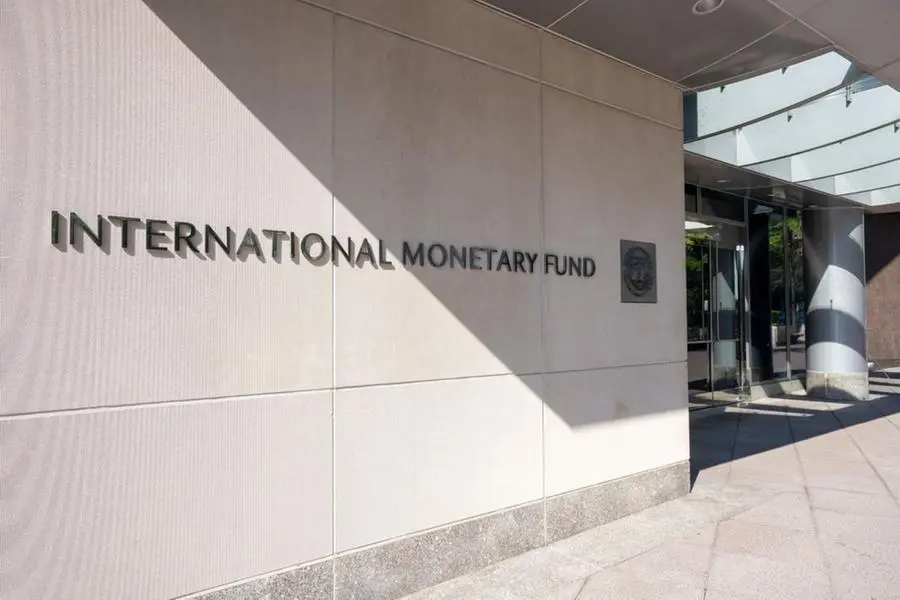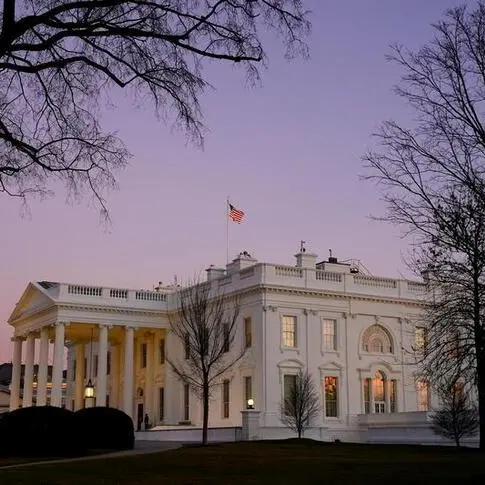PHOTO
NEW YORK: The International Monetary Fund (IMF) has reduced its members' borrowing costs by approximately US$1.2 billion annually, according to IMF Managing Director Kristalina Georgieva.
In a press release on Friday, Georgieva stated, “The approved measures will lower IMF borrowing costs for members by 36 percent, or about US$1.2 billion annually.” She added that the number of countries subject to surcharges is expected to decrease from 20 to 13 by fiscal year 2026.
The IMF this year conducted its first review of the surcharge policy since 2016 in response to global high-interest rates that have raised borrowing costs.
The IMF imposes regular interest rates, along with additional surcharges, on loans that exceed certain thresholds or durations, as well as commitment fees for precautionary arrangements.
Georgieva affirmed, “Charges and surcharges remain an essential part of the IMF’s cooperative lending and risk management framework, where all members contribute, and all can benefit from support when needed.”
The new changes will take effect on 1st November.
Five countries – Ukraine, Egypt, Argentina, Ecuador, and Pakistan – currently pay the highest surcharges to the IMF, based on research by Boston University’s Global Development Policy Centre.
Argentina’s Finance Minister, Pablo Quirno, noted that the country, presently the IMF's largest debtor, is expected to save over $3 billion due to these reforms.
The announcement did not meet the expectations of some academics, non-profit organisations, and other economists who have called for the complete removal of IMF surcharges, citing that they impose additional burdens on borrowing countries facing challenging economic conditions and hinder the effectiveness of IMF support.























